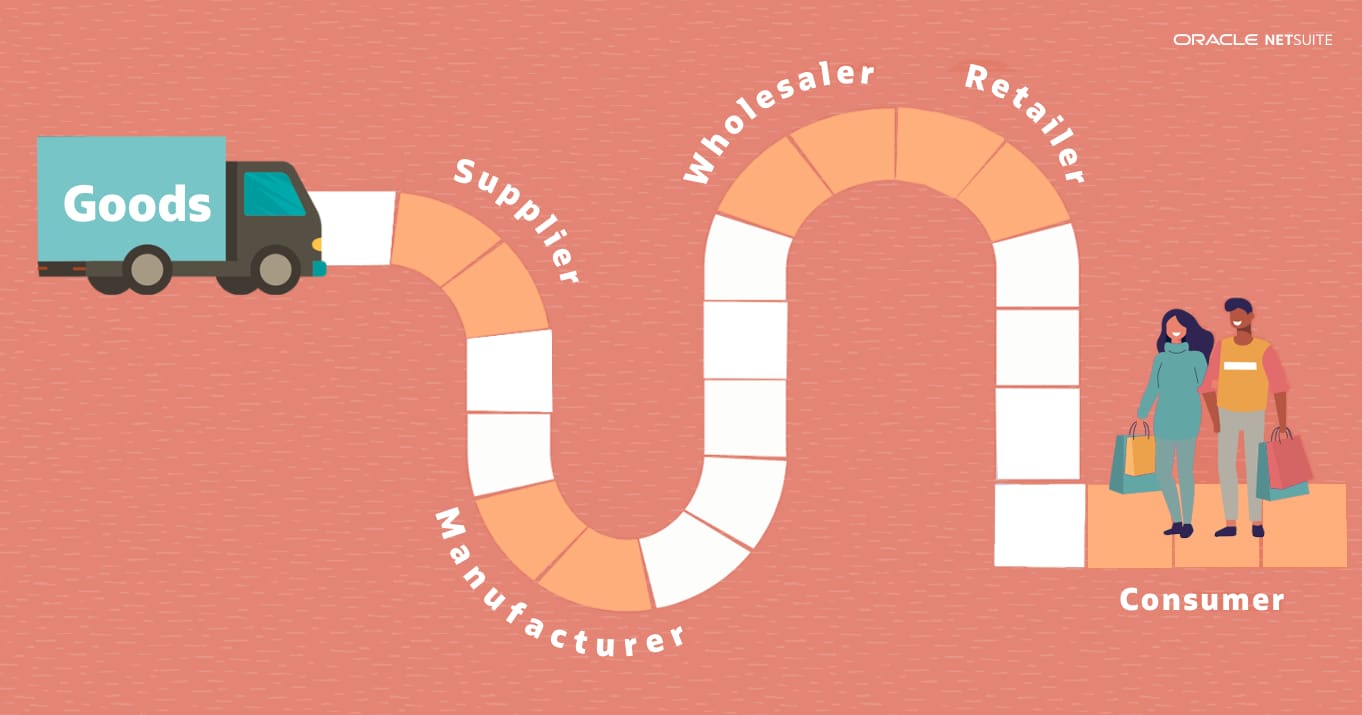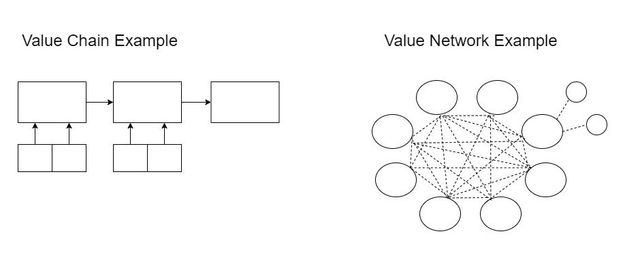A value delivery network is a system of interconnected organizations, people, and activities that work together to create and deliver value to customers. It is a way of organizing and coordinating the various resources, processes, and stakeholders involved in creating and delivering products or services to customers.
The concept of a value delivery network was first introduced by Michael Porter in his book "Competitive Advantage: Creating and Sustaining Superior Performance." Porter argued that a company's value chain, which is the set of activities that are required to design, produce, market, deliver, and support a product or service, is not sufficient to understand the full range of activities that contribute to a company's competitive advantage. He proposed that companies should think of themselves as part of a larger network of organizations that work together to create value for customers.
A value delivery network includes not only the company itself, but also its suppliers, distributors, customers, and even competitors. It includes all of the activities, resources, and relationships that are necessary to create value for customers. These activities may include research and development, manufacturing, marketing, sales, distribution, customer service, and after-sales support.
The value delivery network is an important concept for companies because it helps them to understand how they can create value for their customers by working with other organizations and stakeholders. By understanding the full range of activities and resources that are required to create value, companies can identify opportunities to improve efficiency, reduce costs, and increase customer satisfaction.
For example, a company that manufactures and sells shoes may be part of a value delivery network that includes suppliers of raw materials, transportation companies, distributors, and retail stores. By working closely with these other organizations, the company can ensure that it is able to access the resources it needs to produce high-quality shoes at a competitive price. It can also use its relationships with these other organizations to market and distribute its products effectively.
In conclusion, a value delivery network is a system of interconnected organizations, people, and activities that work together to create and deliver value to customers. It includes all of the resources, processes, and relationships that are required to create value for customers, and helps companies to understand how they can create value by working with other organizations and stakeholders.
:max_bytes(150000):strip_icc()/CompetitiveAdvantage_final-e6a65ce002454c2faf843b40a8faf586.png)



:max_bytes(150000):strip_icc()/scm.asp-ADD-SOURCE-08b7e84e41a34ce18703eaadf947e055.png)




